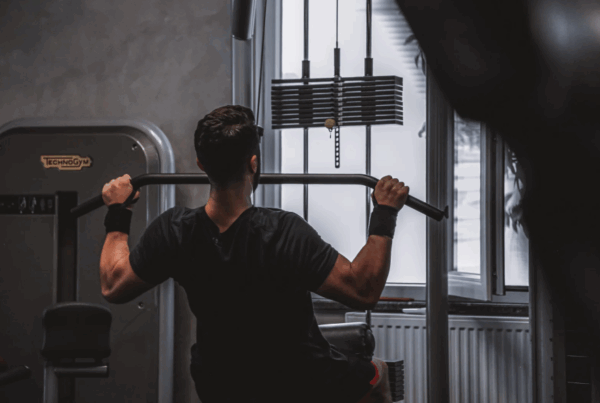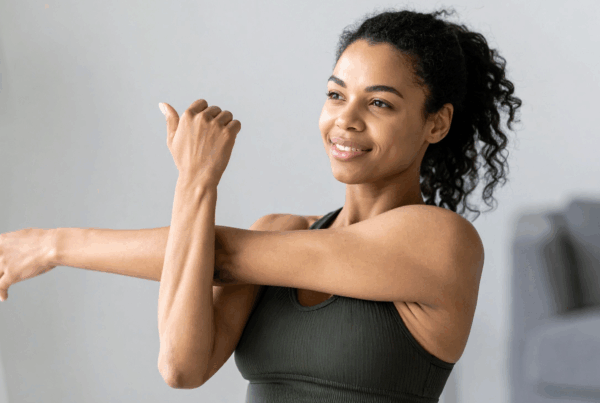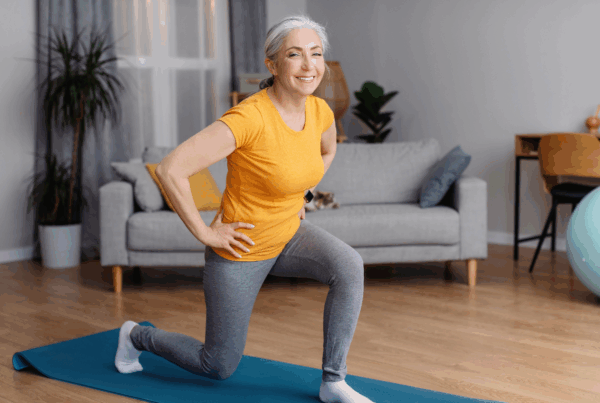For better viewing and to not disturb anybody we recommend you turn on subtitles for this video, click on settings at the bottom of the video above.
For obvious reasons, low back pain is tough to deal with. But what many people don’t realize is that, beyond the hurting, low back pain also affects many of your day-to-day movements. This ends up creating a vicious cycle: your back hurts, so you alter some of your day-to-day movements without realizing it. And usually, the way you alter these movements actually ends up exacerbating your back pain even more, thus putting you into a cycle of pain that can be difficult to break free from.
In this week’s video and article, our EP Paul Macgugan will cover some of these problematic day-to-day movements, show how these movements should and shouldn’t look, and go through the top two exercises he uses to put his patients on the path to rehabilitation.
3 unexpected daily movements low back pain affects:
(Be sure to watch the video above to get a demonstration of what all these movements looks like)
1. Walking
Yes, low back pain can change the way you walk! What usually happens is this: when someone has a back injury or general back pain, they end up with very tight hips. This in turn causes their feet to turn out at an irregular angle so they walk with an altered gait and with this comes changes to their natural muscle activation, causing ongoing imbalances and further impact to the lower back.
2. Sitting down and standing up
When people suffer from back issues, a basic action like sitting or standing can make things much worse if they aren’t careful.
Often, when people with low back pain move from a sitting to a standing position, they have the tendency to first lean forward and round their back. Then, they put their all their weight on their toes and fold up in a way that puts a lot of compression (and extra stress) on their lumbar spine. Naturally, this only makes the pain worse.
To avoid this, every time you move to sit or stand, make sure you focus on putting your hips back and down. Keep your weight on your heels and try to keep your spine straight instead of rounded as you go up or down.
3. Squat lifting and picking things up
People with back pain rarely end up getting their squat form right.
When Paul teaches squat lifts (or the same movement you use to pick things up), this is what he tells his patients first: when you move into a squat or lift, focus on putting your hips back and down with your feet turned slightly outward. Done right, you should have a nice, straight back and be putting most of your weight on your heels.
Something else to keep in mind is that your knees shouldn’t go over the balls of your feet. If they do, you risk hurting your knees. One way to know if you are in the right squat position is to see if you can wiggle your toes. This lets you get a smooth, easy lift up from the ground as you move to a standing position.
Two exercises to help you go through these daily movements without making your back worse:
One way to make sure you are doing the day-to-day movements correctly is simply to be aware of what the right and wrong form for each movement looks like. Then, try to correct your form as much as you can. But for someone who has back pain, this is easier said than done!
So, it’s also worth strengthening the muscles used in the motions above so you can do them more comfortably in a way that doesn’t make your back worse. On that note, here are two exercises from our physiology program that’ll help you with this strengthening (be sure to watch the video at the top to see exactly how they’re done):
1. Glute Bridge
The glute bridge begins with you lying down with your back on the floor. Then, keeping your back nice and flat on the ground, lift your hips up off the ground. With the glute bridge, it’s important to make sure you get your pelvis at just the right angle so your back remains on the ground. Also be sure to keep the weight on your heels.
Then, you lift up as high as you can go, hold for two seconds, and ease down slowly. As you come down, once again make sure your back stays flat on the ground the entire way.
2. Single Legged Glute Bridge
The next exercise begins the same as the first with a slight variation. Once you’ve lifted up your hips with your back flat on the ground, keep one knee bent as is and straighten out your second leg. This gives you a little more resistance in your glutes and hamstrings. Plus, it activates the external rotators of your hip.
Back pain is a difficult enough problem to deal with on its own….don’t let yourself make it any worse by doing your day-to-day movements incorrectly! If you help yourself get these movements right with a few strength exercises, you’ll be surprised by the difference you feel not only in your back , but in your normal life.
Sign up to our email list here to get more helpful info about Exercise Physiology delivered straight to your inbox. No spam and no selling!! Just useful info to help you understand more about what Exercise Physiology is and how it can help.
AND, make sure you “Like” our Facebook page here for more insights into how we’re using Exercise Physiology to improve outcomes for all of our customers


